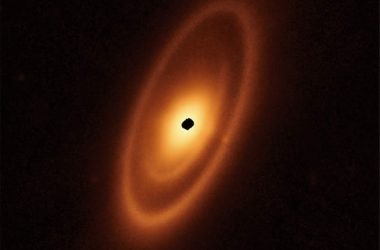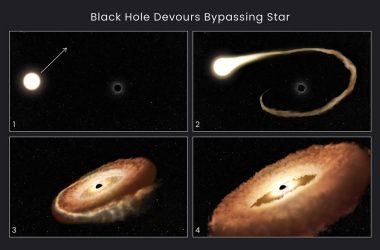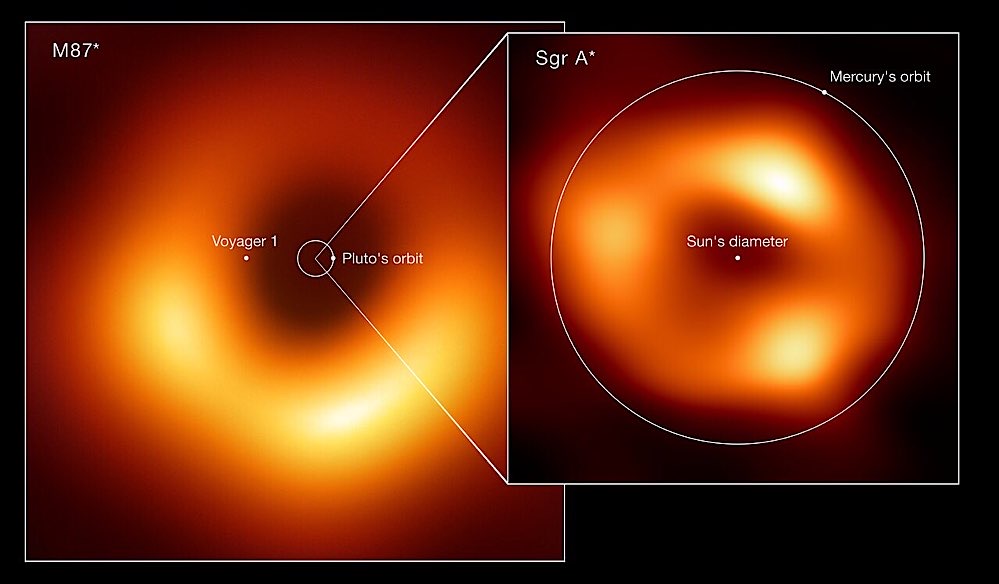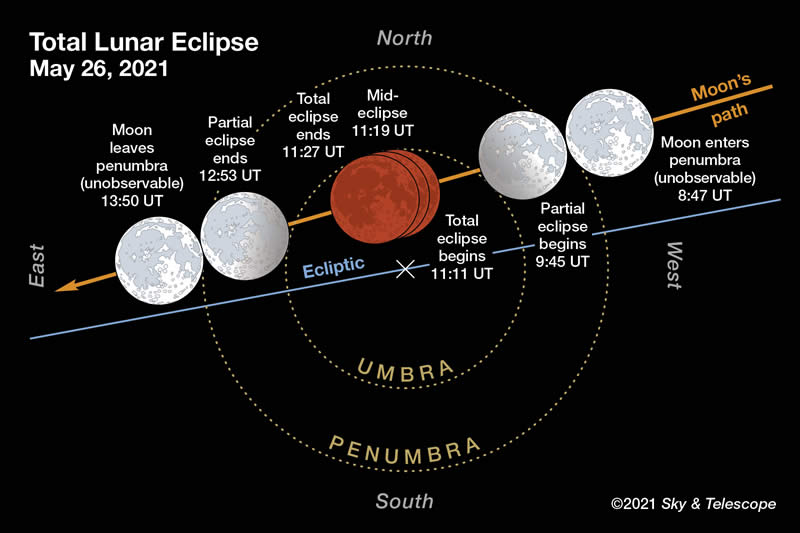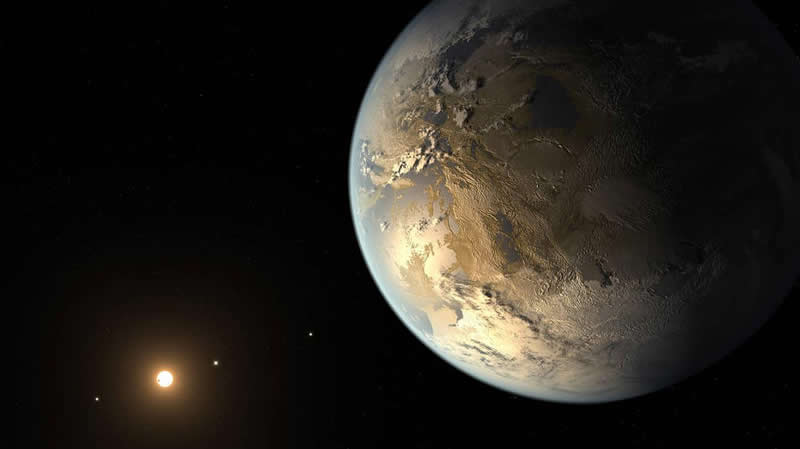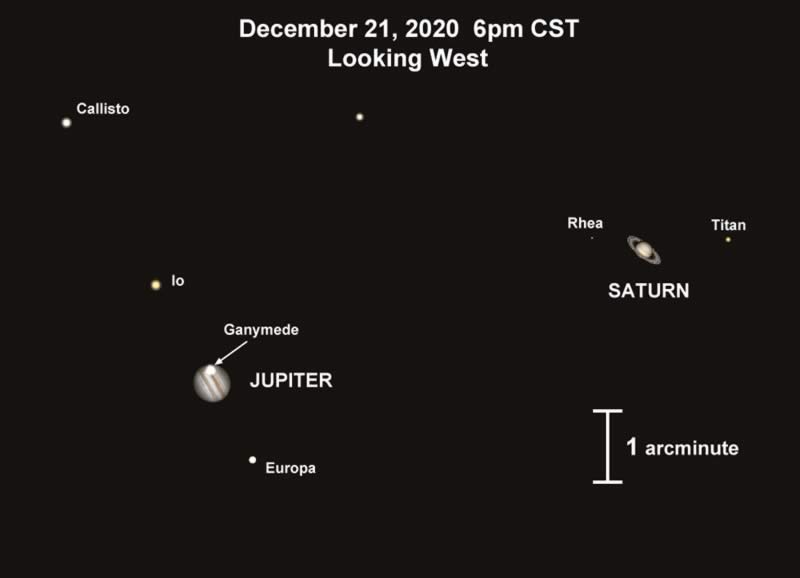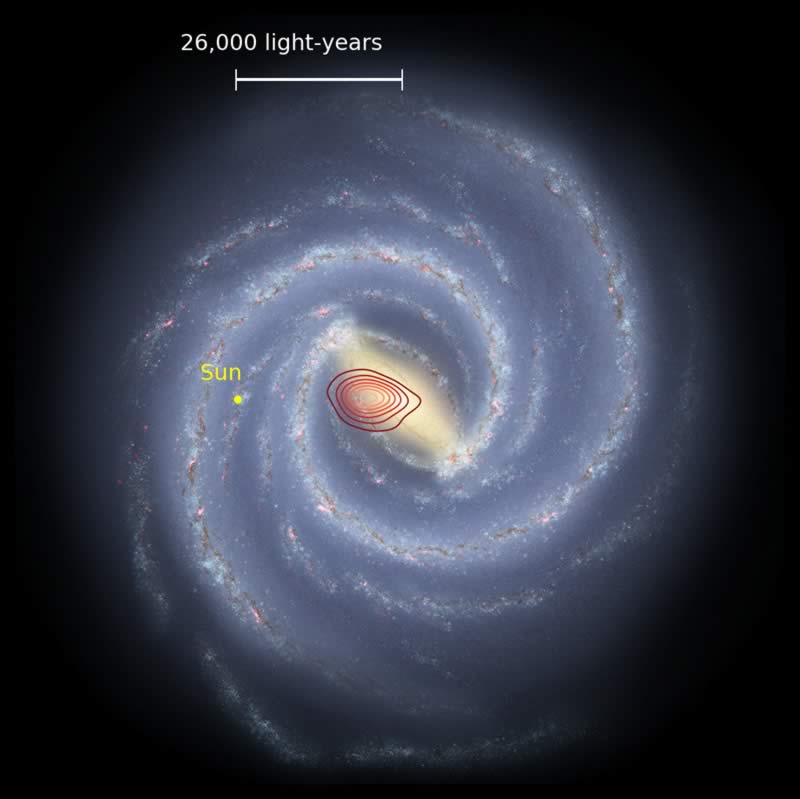Enjoy the Perseid Meteor Shower with no light pollution at the Forest Preserve District of Will County. This and more as August begins.
Astrophysics
How NASA Tracked the Most Intense Solar Storm in Decades
During the first full week of May, a barrage of large solar flares created the strongest solar storm to reach Earth in two decades.
Webb Looks for Fomalhaut’s Asteroid Belt and Finds Much More
A new Webb Space Telescope image of the bright, nearby star Fomalhaut reveals its planetary system with details never seen before.
Hubble Finds Hungry Black Hole Twisting Captured Star Into Donut Shape
Black holes are gatherers, not hunters. They lie in wait until a hapless star wanders by and then grab it and rip it apart.
A Tale of Two Black Holes
Two black holes, one which would be all but lost within the other. The image on the left is the black hole at the heart of the galaxy Messier 87, the other the black hole at the center of our Milky Way, seen for the first time by human eyes.
Christmas Launch Now for the James Webb Space Telescope
Baltimore, MD-(ENEWSPF)- Weather is nudging the James Webb Space Telescope from December 24 to a Christmas Day launch. NASA and Arianespace successfully completed the Launch Readiness Review for the James Webb Space Telescope on Dec. 21. The team authorized the Ariane 5 rocket carrying Webb to rollout and the start[Read More…]
There’s a Lunar Eclipse Coming May 26: Everything You Need to Know
Palm Coast, FL-(ENEWSPF)- No one has seen a total lunar eclipse since January 20–21, 2019, but the drought is finally ending. Viewers in the western half of North America, western South America, East Asia, and Australia will see the Moon darken and turn a reddish hue on the morning of[Read More…]
How Many Habitable Planets Are Out There?
Mountain View, CA-(ENEWSPF)- Thanks to new research using data from the Kepler space telescope, it’s estimated that there could be as many as 300 million potentially habitable planets in our galaxy. Some could even be pretty close, with several likely within 30 light-years of our Sun. The findings will be[Read More…]
Christmas Week: Worlds Will Align for Spectacular Heavenly Sight
Jupiter, Saturn will look like double planet for first time since Middle Ages Houston, TX-(ENEWSPF)- Just after sunset on the evening of Dec. 21, Jupiter and Saturn will appear closer together in Earth’s night sky than they have been since the Middle Ages, offering people the world over a celestial[Read More…]
Astronomers Discover New “Fossil Galaxy” Buried Deep Within the Milky Way
SDSS-(ENEWSPF)- Scientists working with data from the Sloan Digital Sky Surveys’ Apache Point Observatory Galactic Evolution Experiment (APOGEE) have discovered a “fossil galaxy” hidden in the depths of our own Milky Way. This result, published today in Monthly Notices of the Royal Astronomical Society, may shake up our understanding of[Read More…]



